Understanding Muscle Loss: Why It Matters and How to Combat It
As we age, particularly after the age of 30, muscle loss becomes a significant concern. Statistics reveal a staggering trend: individuals can lose 3-8% of their muscle mass per decade after reaching their 30s. By the time you reach 50, this loss can accelerate, leading to further declines in strength, balance, and overall health.
The Importance of Maintaining Muscle Mass
Maintaining muscle mass is crucial for several reasons:
- Metabolism: Muscle tissue is more metabolically active than fat tissue, meaning it burns more calories at rest. Preserving muscle can help manage weight and prevent obesity.
- Functional Independence: Strength is vital for everyday activities. Loss of muscle can lead to difficulties with mobility and increase the risk of falls and injuries.
- Chronic Disease Prevention: Maintaining muscle mass is linked to lower risks of chronic diseases such as diabetes and heart disease.
- Mental Health: Regular exercise, which promotes muscle health, can boost mood and reduce symptoms of anxiety and depression.
Incorporating Exercise into Your Routine
To combat muscle loss, it’s essential to engage in regular strength training exercises. Aim for at least two sessions per week, focusing on all major muscle groups. Additionally, incorporating new exercises can stimulate muscle growth and adaptation.
The Role of Recovery Therapies
When adding new exercises to your regimen, consider incorporating recovery therapies that enhance muscle health and overall wellness. Here are some beneficial therapies to explore:
- Infrared Saunas: These can help increase blood circulation, relieve muscle tension, and promote relaxation, aiding recovery after workouts.
- Red Light Therapy: Known for its potential to reduce inflammation and improve muscle recovery, red light therapy may enhance mitochondrial function in muscle cells.
- Cold Plunging: Immersion in cold water post-exercise can reduce muscle soreness and inflammation, helping you recover faster and maintain your workout schedule.
- Compression Therapy: Using compression garments can improve circulation and reduce muscle fatigue, allowing for better performance during workouts.
- Contrast Therapy: Alternating between hot and cold treatments can stimulate blood flow and promote faster recovery.
- Hyperbaric Oxygen Therapy (HBOT): This therapy enhances oxygen delivery to tissues, promoting healing and potentially improving muscle recovery after strenuous exercise.
Conclusion
Understanding the impact of muscle loss as we age and taking proactive steps to maintain muscle mass is crucial for a healthier, more active life. By combining regular strength training with innovative recovery therapies, you can not only combat muscle loss but also enhance your overall well-being.
Make the commitment to invest in your muscle health today, and enjoy the benefits for years to come!

